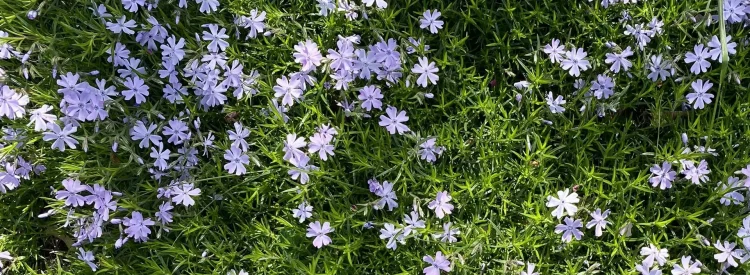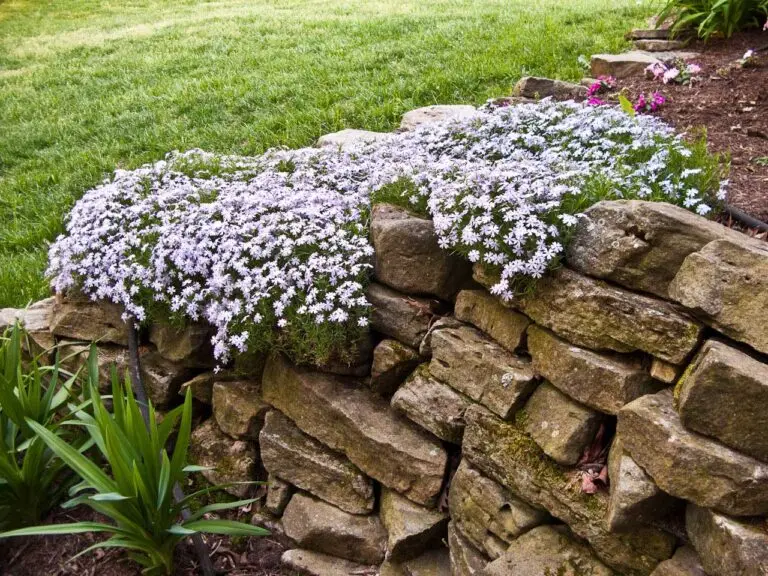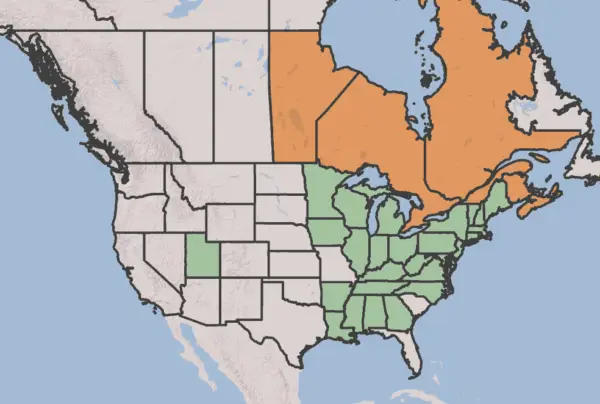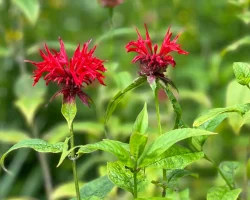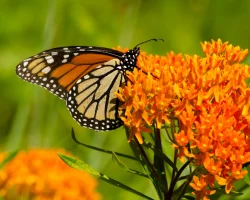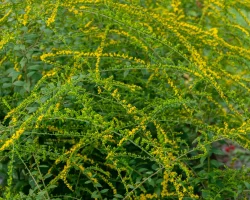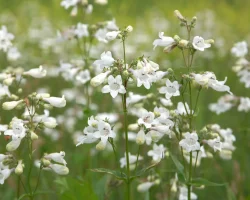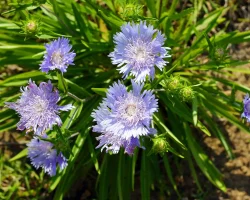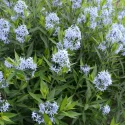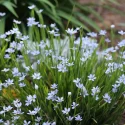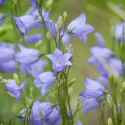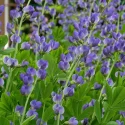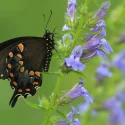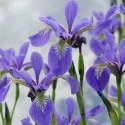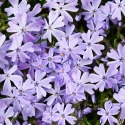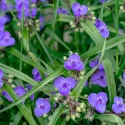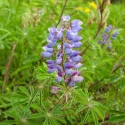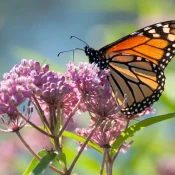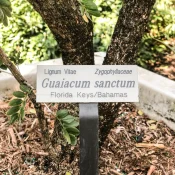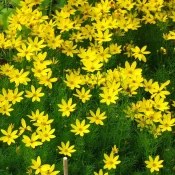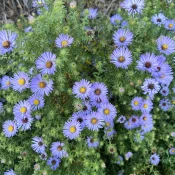Looking for a stunning ground cover or a native plant for a walkway edge? You’ve found it. Creeping Phlox is a quickly spreading native plant that also stays evergreen in most climates. In the spring, it puts on a show when it covers itself in tiny five-petaled flowers. Pick a color (or a few!), and it will return beauty and resilience for years. Explore tips and types below.
What is creeping phlox?
You’ve probably seen this native plant before, tumbling over a garden edge, or adorning someone’s front door while in full bloom. It’s a landscaping mainstay known for its effortless beauty. It has little green needle-like leaves that look a little like moss, hence another of its common names, “moss phlox.”
In full bloom, creeping phlox becomes a waterfall of color. In the wild, its flowers are usually a delicate pale pink, but people love this plant so much they’ve bred a wide variety of other colors, from deepest magenta to white to lavender-blue to striped.
The bonus: creeping phlox is low-maintenance and drought-tolerant, and its leaves are semi-evergreen.
In this article, we’ll explore different types and share planting tips for this native gem. Let’s dig in, shall we?
Plant nerd interlude
How do I say phlox?
To pronounce this plant’s name, turn the ‘ph’ into an f-sound.
If it were spelled phonetically, it would be flox or flocks, and when said aloud, it rhymes with box.
I want a box filled with phlox to look at while I eat lox—all the italicized words rhyme. (Ok, bad puns will stop there!)
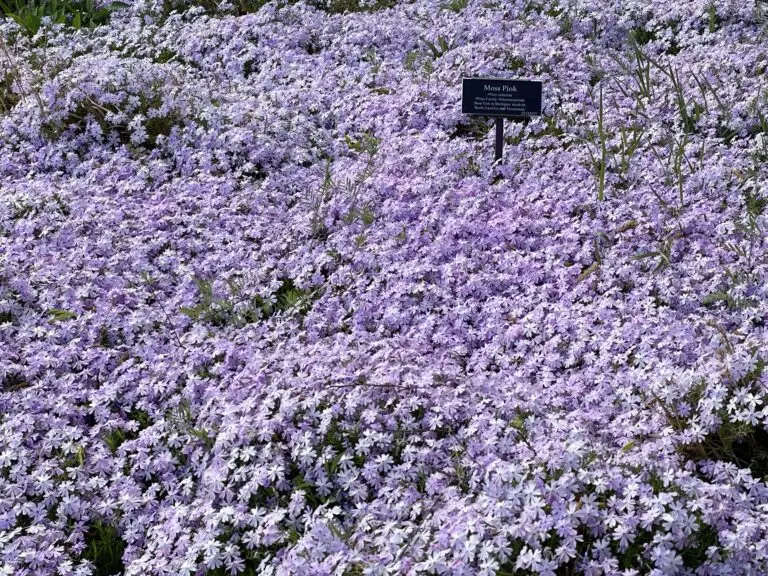
What are creeping phlox’s benefits to native wildlife?
When in bloom, creeping phlox offers lots of nectar to native bees, many of which are increasingly endangered. They are also visited by butterflies, skippers, moths, and other beneficial native insects.
New to native?
Before lawns and landscaping, native plants were here. They’ve fed birds, bees, and butterflies for thousands of years—and they’ll do the same in your yard. The best part? They’re easier to grow than you think.
How to grow creeping phlox
Creeping phlox is hardy to zones 3-9. Like the name suggests, it will form a mat that is 6 inches high and 1-3 feet wide. In spring, it will become absolutely covered in flowers, forming a sea of color. Afterwards, it will subside back to green, perhaps occasionally flowering here and there through the rest of the summer.
It can grow in full sun to part shade. You’ll get the most flowers in full sun, but especially in the South, it will appreciate some dappled shade in the heat of the afternoon. In its native range, it is found in wooded areas, savannas, and bluffs in the Appalachian Mountains.
Like many plants, if you asked it for its favorite place to grow, it would be a rich soil that is moist but not soggy. In real life, after it’s established, it’s actually quite drought-tolerant and can handle rocky and sandy soils.
After it’s established, it generally should be able to survive on just rain.
Seen other colors? Those are probably creeping phlox cultivars
A cultivar is a plant that has been changed or curated by humans (it stands for CULTivated VARiety—learn more about cultivars.) Cultivars offer beauty, but they cannot beat the ecological benefits of planting a true native species.
That said, sometimes all we can find are cultivars at our local nurseries, or we fall in love with a cultivar’s looks, height, or resilient capabilities. Here are some cultivars you may find:
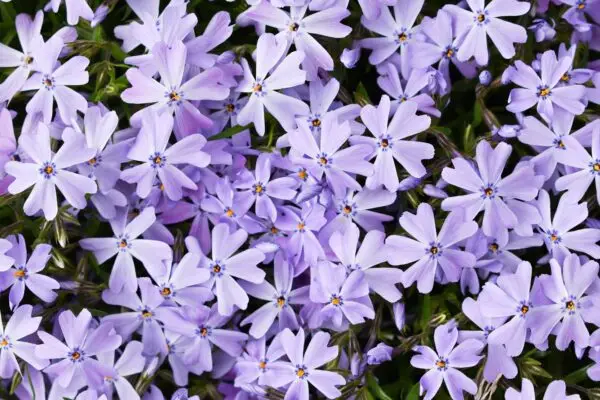
Phlox ‘Emerald Blue’
Phlox subulata ‘Emerald Blue’
The bright blue-purple cultivar of creeping phlox has been a garden staple for generations.
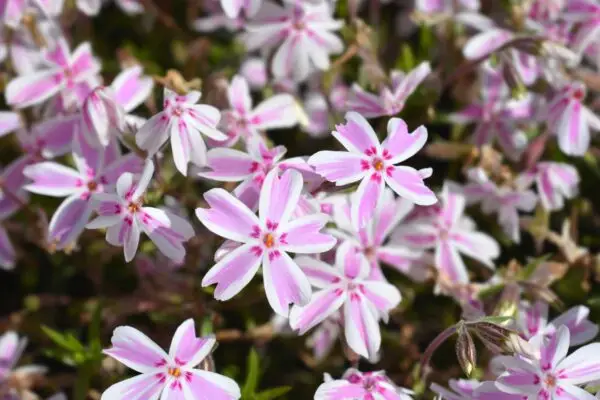
Phlox ‘Candy Stripe’
Phlox subulata ‘Candy Stripe’
The ‘Candy Stripe’ cultivar of phlox has a lovely pink and white striped flower.
Creeping Phlox
Part of our Beginner’s Guide to Native Phlox
This plant is one of the sixty species featured in our Beginner’s Guide to Native Phloxes.
Head to the complete guide for planting basics, species comparisons, and beginner-friendly tips.
Ideas for where to plant creeping phlox in the garden
Among native plants, creeping phlox is an absolute standout for the garden. Its drought tolerance and creeping habit mean people have gotten very creative over the years.
Here are a few ideas:
- Because it’s low-growing, it works nicely as an edging along a pathway or steps.
- It is a perfect groundcover in a sunny spot, as it grows densely and can crowd out weeds.
- Because of its creeping habit, it will look absolutely stunning draped over rocks or cascading over a wall.
- Plant it around the base of a mailbox or next to the front door.
- You can plant it in containers, where it will drape as a ‘spiller’ even after it’s done blooming.
- Plant it at the foot of a bed of tulips or daffodils.
- Its drought tolerance means it’s a nice addition to a rock garden.
- Anywhere you want a blast of color in mid-spring!
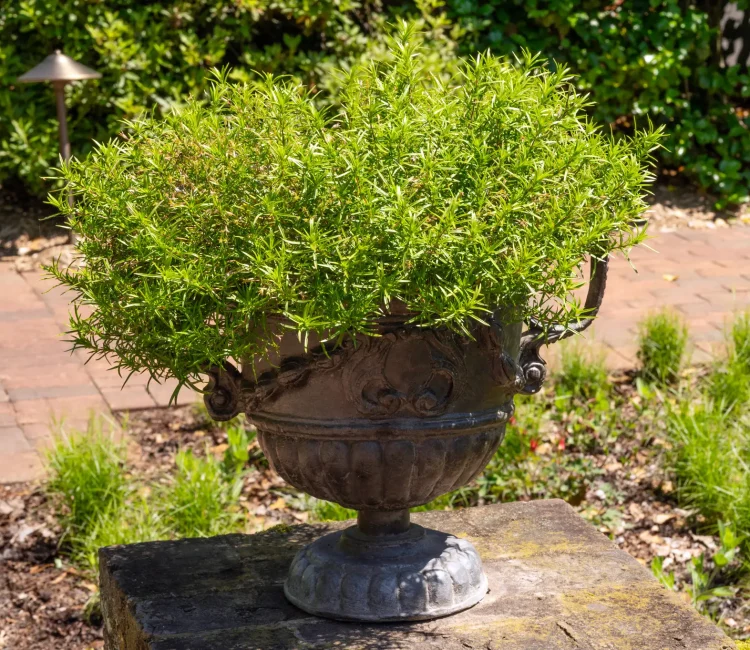

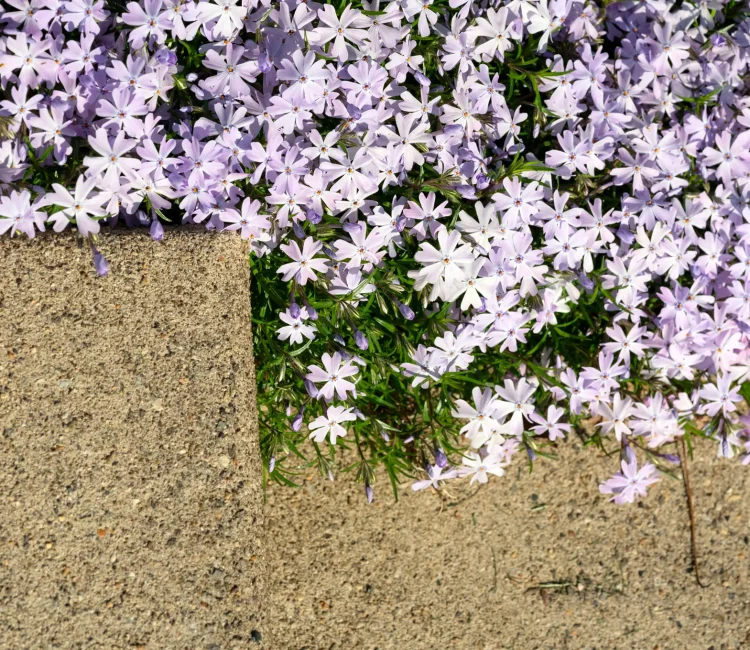
Where can I find creeping phlox for sale?
It can be hard to find native plants sometimes, but creeping phlox is one of the more widely available varieties. It can even be found for sale sometimes at big-box garden centers—check under the “perennials” section.
If you don’t see it there, we’ve compiled some more sources for native plants:
Where can I find seeds and plants?
Finding native plants can be challenging (we partly blame Marie Antoinette.) To make it easier, we’ve assembled four sourcing ideas.
300+ native nurseries make finding one a breeze
Explore 100+ native-friendly eCommerce sites
Every state and province has a native plant society; find yours
Online Communities
Local Facebook groups are a great plant source
What are good creeping phlox pairings?
There are dozens of great natives to pair with creeping phlox. Here are some options that love the same similar good-drainage locations:

Pairs well with
Creeping phlox is a great native plant to grow in borders, tumbling along fences, or alongside walkways. It looks great in high-profile areas because it flowers in the spring and stays evergreen throughout the year. It’s so easy to plant—happy with just rain after being established!—and because it’s a perennial, plant once and it will come back year after year.
Creeping phlox is just one of the sixty species of phlox native to North America. Want to meet a few other phlox cousins? Visit our Beginner’s Guide to Native Phlox to learn more. Happy planting!
Sources
- Brandes, Kate. Native Plants for the Small Yard: Easy, Beautiful Home Gardens that Support Local Ecology. Maxfield Design, 2024.
- Bruce, Hal. How to Grow Wildflowers and Wild Shrubs and Trees in Your Own Garden. (New York: Alfred A. Knopf, 1976), 79-82.
- Johnson, Lorraine. 100 Easy-to-Grow Native Plants for American Gardens in Temperate Zones. (1999), 44.
- Missouri Botanical Garden, Phlox
- North Carolina State University Extension. “Phlox subulata.” NC State Extension Plants. Accessed July 21, 2024. https://plants.ces.ncsu.edu/plants/phlox-subulata/.
- Illinois Wildflowers, “Moss phlox.”
What if your feed was actually good for your mental health?
Give your algorithm a breath of fresh air and follow us.
